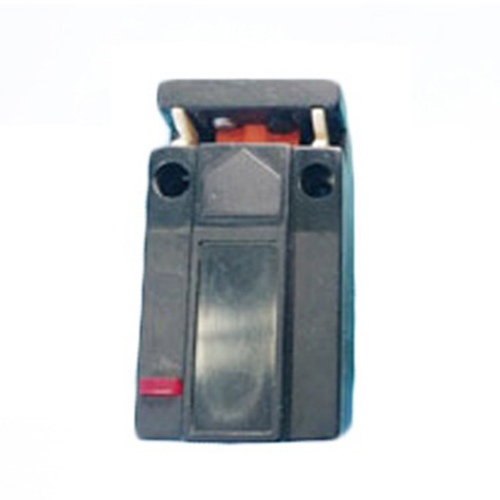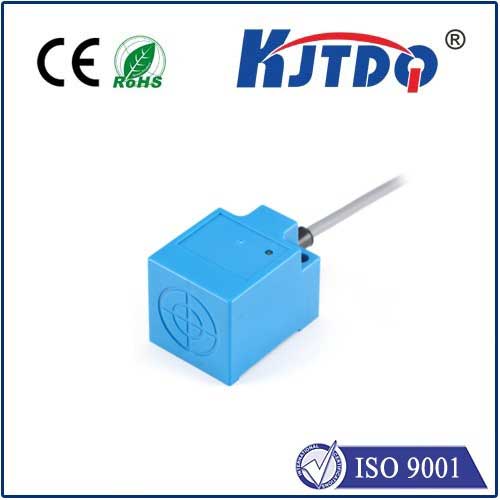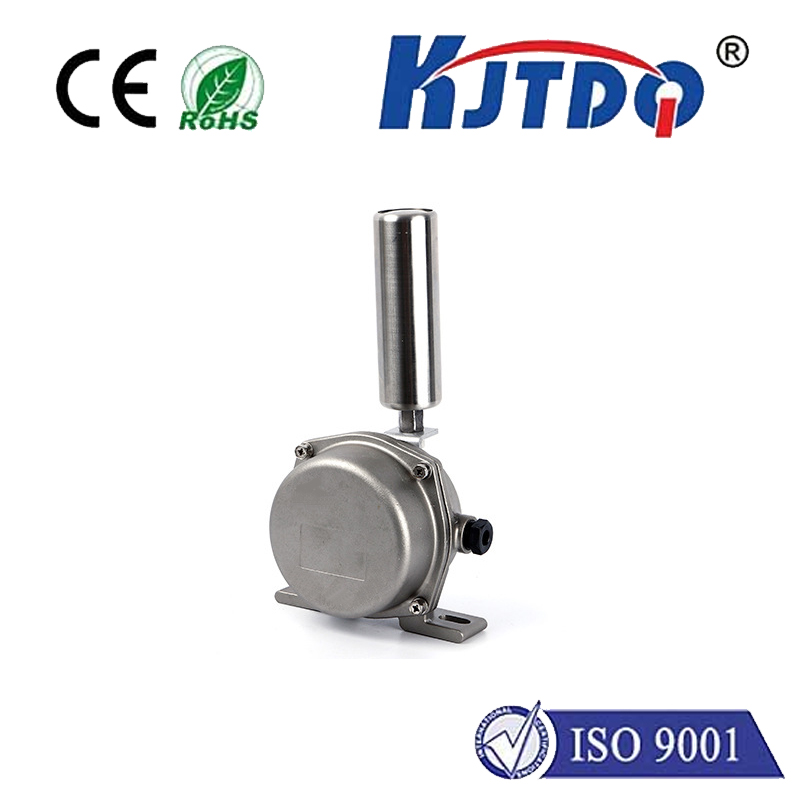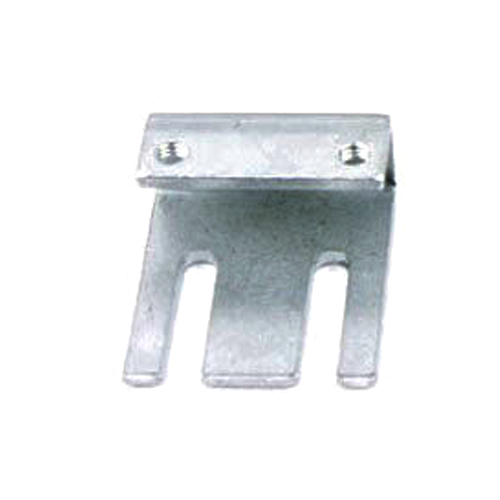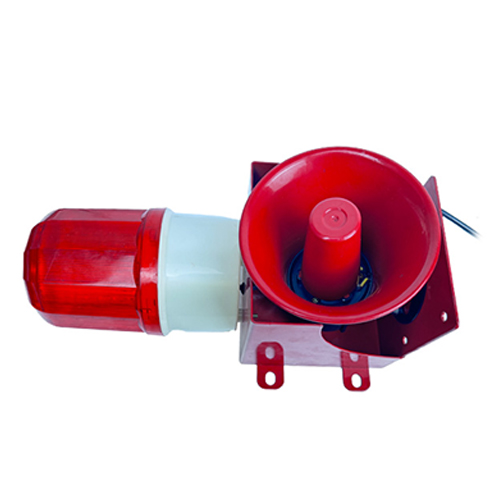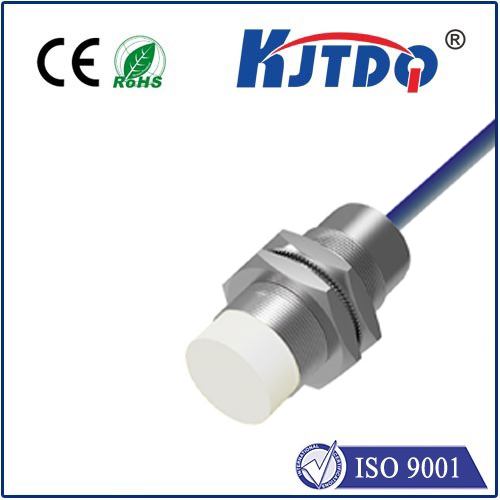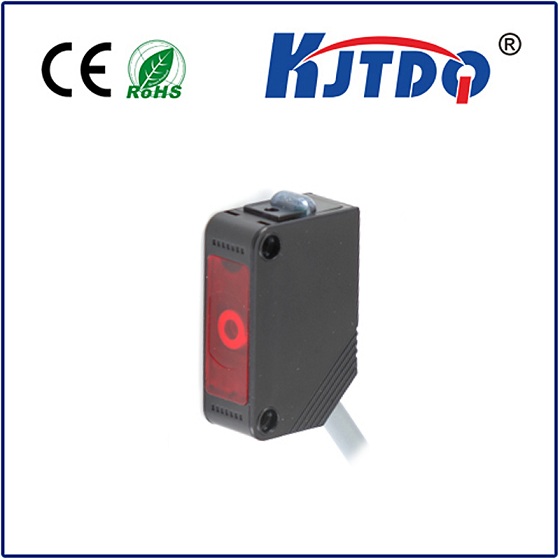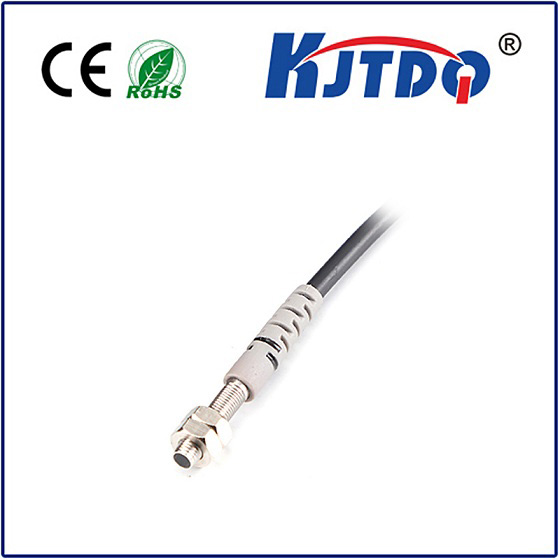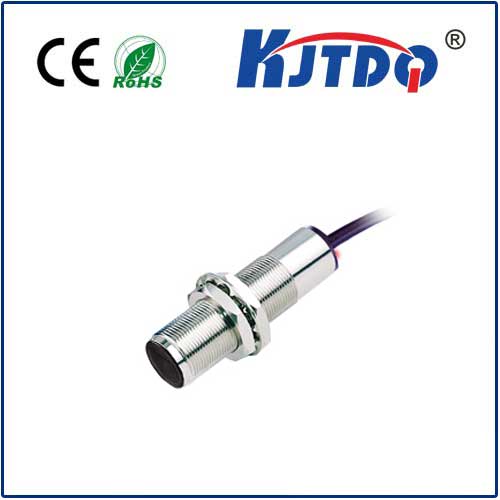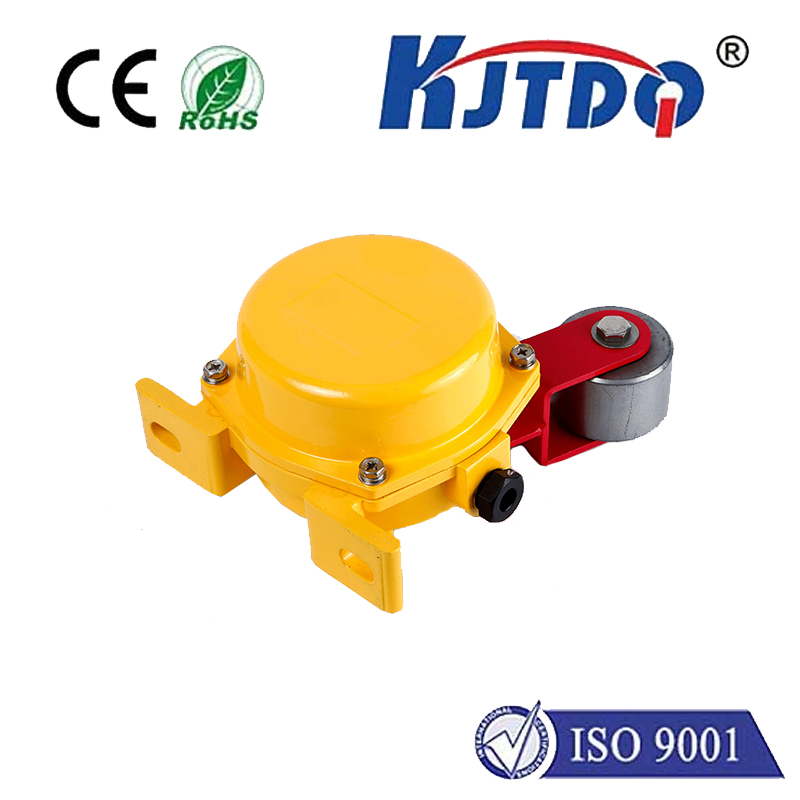proximity sensor for object detection
- time:2025-07-18 08:39:13
- Click:0
Unlock Precision: How Proximity Sensors Revolutionize Object Detection
That satisfying moment when your smartphone screen dims as you raise it to your ear, or when an automatic faucet starts flowing without a touch – these aren’t mere conveniences. They are demonstrations of proximity sensors silently and reliably detecting objects in our everyday world. Proximity sensors form the crucial, unseen layer enabling machines and devices to perceive and react to nearby objects without physical contact. Understanding their operation and diverse applications reveals how they are fundamental to modern automation, safety, and intuitive user interfaces.
At their core, proximity sensors detect the presence, absence, or distance of an object within a specific range. Unlike traditional mechanical switches requiring direct touch, they operate through non-contact methods, using various physical principles to sense an object’s approach. This inherent non-contact nature is a primary advantage, eliminating wear and tear, enabling detection of fragile objects, and allowing operation in harsh environments (dusty, wet, oily) where mechanical contacts would fail.
Several key technologies underpin proximity detection, each suited to specific needs:
- Inductive Sensors: These reign supreme in industrial automation for detecting metal objects. They generate an electromagnetic field. When a metallic target enters this field, it induces eddy currents, causing a measurable change in the sensor’s oscillation. Key benefits include exceptional reliability, long operational life, resistance to dirt and moisture, and high switching frequencies. They are indispensable for tasks like counting metal parts, verifying machine tool positions, or detecting pistons in cylinders. Their limitation? They cannot detect non-metallic materials.
- Capacitive Sensors: Think of these as the versatile counterpart to inductive sensors. They generate an electrostatic field and detect changes in capacitance caused by any object – metal, plastic, wood, liquid, or even granular materials – entering that field. Their ability to sense through non-metallic barriers (like a plastic tank wall) makes them ideal for level detection (liquids, powders), material handling systems involving diverse objects, and touch interfaces. However, they can be more susceptible to environmental factors like humidity and require careful tuning to avoid false triggers.
- Photoelectric Sensors (Diffuse Reflective with Proximity Mode): While encompassing various modes (through-beam, retro-reflective), the diffuse reflective type operating in proximity mode uses a focused beam. It relies on light reflecting directly off the target object back to the receiver. Effective at shorter ranges, they excel at detecting small or differently colored objects where standard diffuse sensors might struggle. Common uses include detecting labels on bottles, small components on conveyors, or verifying product placement in packaging.
- Magnetic Sensors (Reed Switches/Hall Effect): These detect the presence of a magnetic field, typically generated by a permanent magnet attached to the moving object (like a door or cylinder). Reed switches use flexible ferromagnetic reeds enclosed in glass. Hall Effect sensors generate a voltage proportional to the magnetic field strength. They offer simple, cost-effective solutions for position sensing (doors, windows, drawers) and detecting the position of pneumatic or hydraulic cylinder pistons.
The power of proximity sensors lies in their diverse applications across countless industries:
- Industrial Automation: This is arguably their most critical domain. Proximity sensors provide the essential feedback that keeps automated systems running. They confirm part presence/absence on assembly lines, verify machine end positions for robotic arms, count products, control conveyor flow, monitor rotational speed via detecting gear teeth, and ensure machine safety by guarding hazardous areas (e.g., light curtains often use proximity detection principles). Inductive and photoelectric sensors dominate this space.
- Consumer Electronics: They provide intuitive, seamless interaction. In smartphones and tablets, capacitive proximity sensors detect your face during calls to turn off the display and disable touch input, saving power and preventing accidental touches. They enable hands-free gestures above screens, power-saving features in laptops (dimming when you step away), and automatic faucets/soap dispensers/smart toilets.
- Automotive: Proximity detection enhances both safety and convenience. Parking sensors (ultrasonic, which are a form of proximity sensing) alert drivers to obstacles. Hands-free tailgate operation often utilizes capacitive or inductive sensors. Blind-spot monitoring systems frequently leverage radar (another proximity detection technology). Safety systems use them to detect passenger presence for airbag deployment logic. Inductive sensors monitor wheel speed for ABS systems.
- Appliance & Building Automation: Proximity sensors enhance user experience and efficiency. Touch-sensitive panels on stoves, microwaves, and coffee makers often use capacitive sensing. Automatic doors and elevator call buttons frequently employ infrared or capacitive sensors. Level sensors in dishwashers or washing machines (often capacitive or ultrasonic) prevent overflows. Occupancy sensors control lighting and HVAC in smart buildings.
Choosing the right proximity sensor involves weighing several key factors:
- Target Material: Metal? Inductive sensors are ideal. Non-metal (plastic, liquid, wood)? Capacitive sensors are the go-to. A specific magnet? Magnetic sensors.
- Detection Range: How far away does the sensor need to detect the object? Sensor specifications clearly define nominal and effective sensing distances (Sn and Sr).
- Operating Environment: Will it face extreme temperatures, splashing water/oil, dust, vibration, or electromagnetic interference? IP ratings and specific construction materials matter immensely. Inductive sensors excel in harsh industrial settings.
- Required Output: Does the application need a simple digital on/off signal (PNP/NPN switching output), or an analog signal proportional to distance? Most standard proximity sensors offer switching outputs.
- Size Constraints: How much space is available for mounting the sensor? Miniature sensors (M5, M8, M12 sizes are common industrial standards) are available for tight spots.
- Switching Speed/Frequency: How quickly does the object pass by? How many detections per second are required? High-speed processes demand sensors with fast response times.
From the clattering heart of a high-speed factory assembling thousands of phones each hour, where inductive sensors verify minute metal components are present and positioned precisely, to the silent elegance of a modern kitchen where a capacitive sensor activates the faucet with a wave, proximity sensors for object detection are the indispensable unseen enablers. They provide the fundamental “awareness” that allows machines to interact intelligently with their environment. By eliminating mechanical contact, they deliver unparalleled reliability, durability, and versatility. Whether ensuring the precision of microchip manufacturing, enhancing automotive safety, or simply making your daily interactions with technology smoother, the silent, efficient detection offered by proximity sensors continues to shape a more automated, responsive, and safer world. Their evolution towards smaller sizes, longer ranges, smarter integrated diagnostics, and enhanced resistance to environmental challenges promises even more sophisticated applications, driving innovation across every sector imaginable and fundamentally changing how machines perceive the physical world around them.





